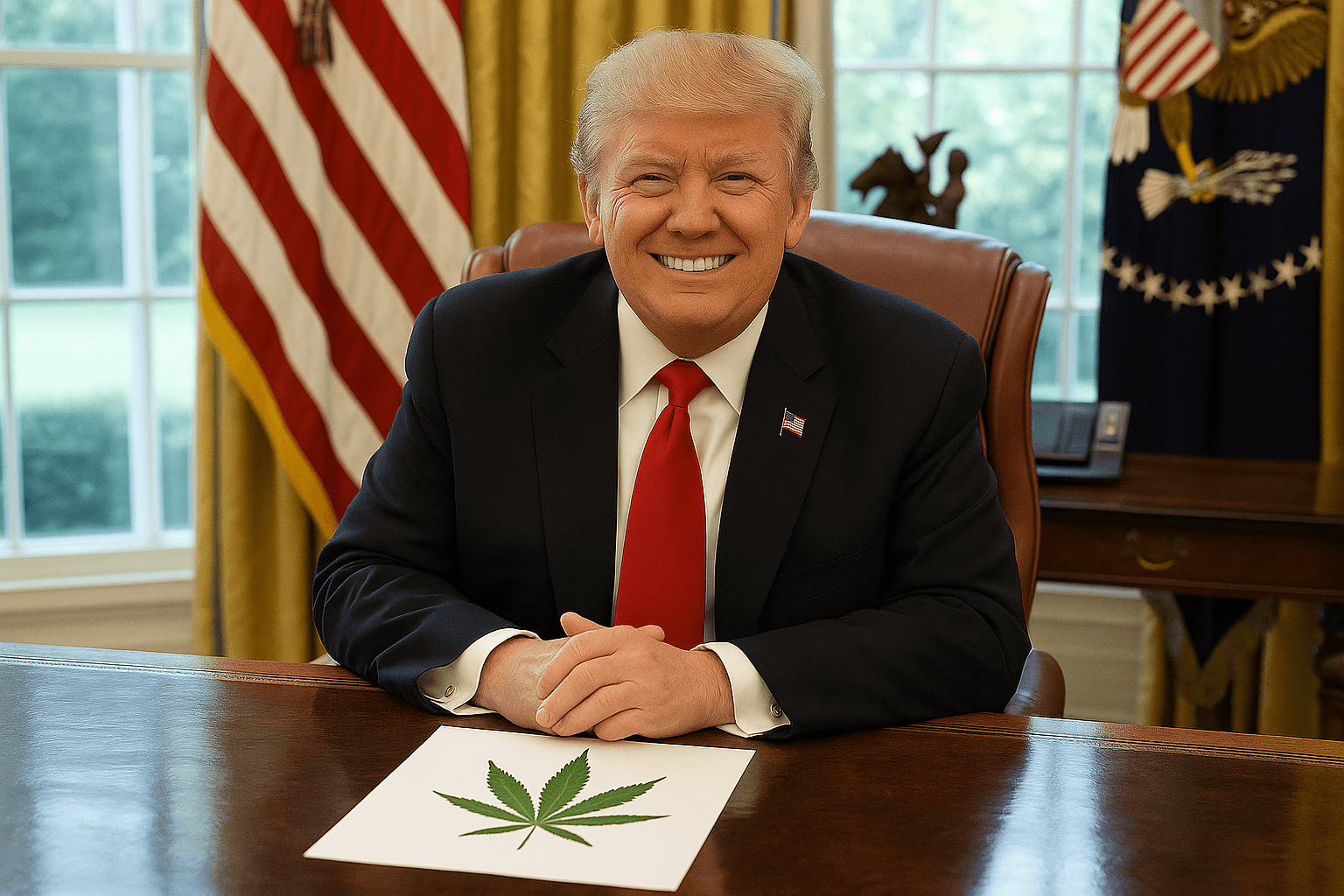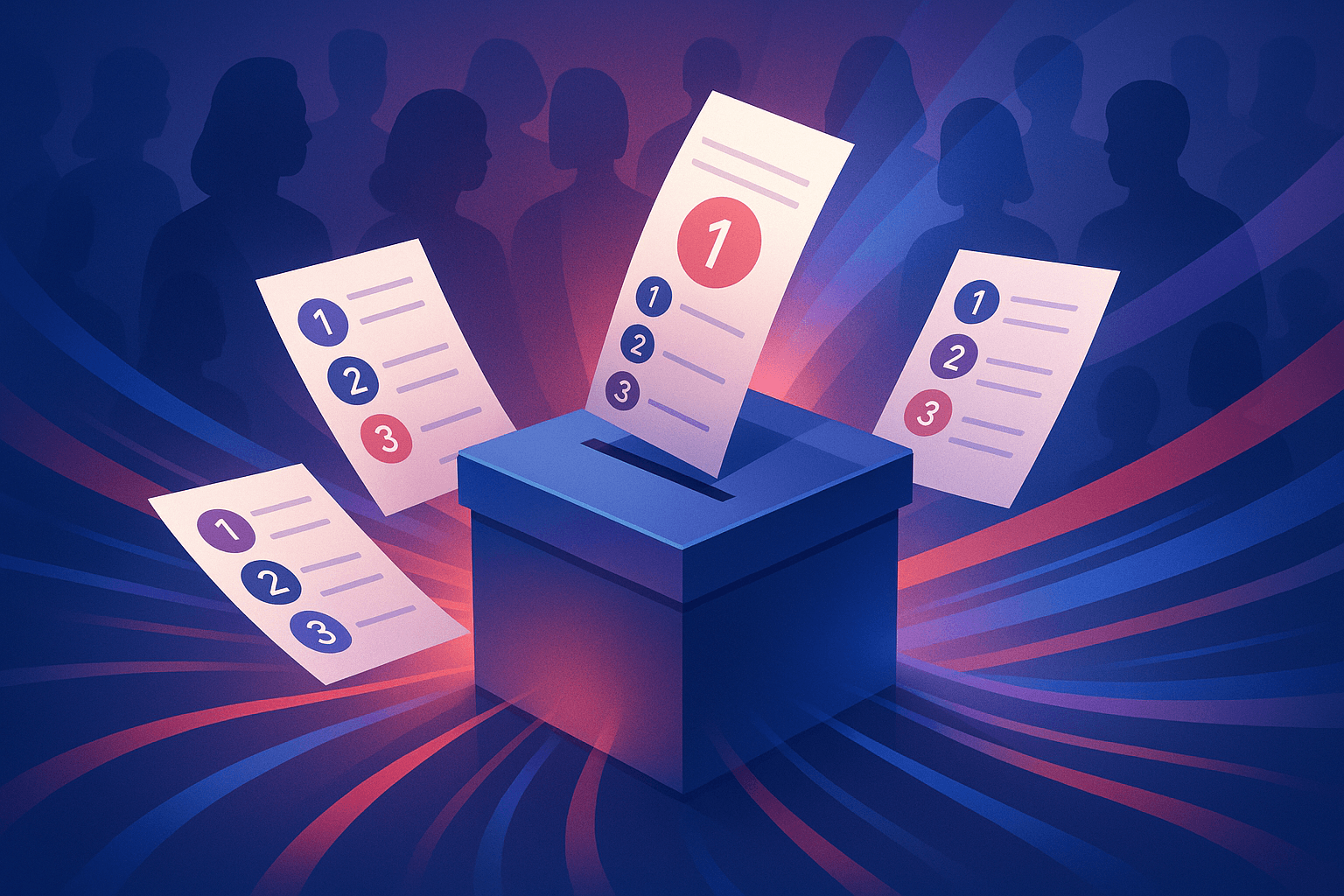4 Facts for Your Fourth: What You May Not Know About America's Birthday

The Fourth of July is here and Americans across the country will celebrate the nation's birthday with fireworks, picnics, trips out of town or to the beach, barbecue, concerts and countless other ways.
So, to celebrate our nation’s birthday, we wanted to give you four facts on the Fourth that you might not have known.
The Fourth of July commemorates the adoption and print recognition of the Declaration of Independence. But the resolution for independence was actually approved by the Second Continental Congress on July 2, 1776.
https://twitter.com/HISTORY/status/881549279881515008
Two days later, the Second Continental Congress approved the final draft of the Declaration of Independence and ordered it to be printed and distributed to the states and military officers.
John Adams wasn't all that impressed with the document, describing the Declaration as "dress and ornament rather than Body, Soul, or Substance." Adams' one notable exception though, and it was a big one, was the last paragraph that said the united colonies "are and of Right ought to be Free and Independent states," and were "Absolved of all Allegiance to the British Crown."
DID YOU KNOW: Eight of the 56 original signers were from the Britain Isles. Gwinnett Button and Robert Morris were born in England. Francis Lewis was born in Wales. James Wilson and John Witherspoon were born in Scotland. George Taylor and Matthew Thornton were born in Ireland, and James Smith hailed from Northern Ireland.
Mark Twain may have been the reason Hawaii became the 50th state.
In 1866, Twain wrote from Hawaii as a special correspondent for the Sacramento Union newspaper. After spending four months on the islands, Twain penned a sarcastic letter to the New York Tribune, "supporting" a coup. He wrote:
"We can make this little bunch of sleepy islands the hottest corner on Earth and array it in the moral splendor of our high and holy civilization. Annexation is what the poor islanders need." - Mark Twain
In 1893, a group of Americans led by sugar baron Sanford Dole succeeded in the overthrow of Queen Liliuokalani while politicians in Washington looked the other way.
On July 4,1960, a 50th star was added to the American flag to represent Hawaii. Hawaii was officially given statehood the year before.
DID YOU KNOW: Congress apologized to Hawaii. In a 1993 joint resolution, it acknowledged the illegal seizure of the Kingdom of Hawaii, describing it as "the suppression of the inherent sovereignty of the Native Hawaiian people."
A total of three U.S. Presidents have died on July 4.
Two of them passed away within 5 hours of each other on July 4, 1826: John Adams and Thomas Jefferson.
Jefferson and Adams were the last surviving members of the original American revolutionaries who stood up to the British empire to forge the American colonies.
However, while they both believed in democracy and life, liberty and the pursuit of happiness, their opinions on how to achieve these ideals diverged.
On July 4, 1826, at the age of 90, Adams lied on his deathbed while the country celebrated Independence Day. His last words were Thomas Jefferson still survives. He was mistaken: Jefferson died 5 hours earlier at Monticello at the age of 82.
DID YOU KNOW: The third U.S. president to die on July 4 was James Monroe. Monroe, the 5th U.S. President, died in New York City on July 4, 1831.
Fireworks were not included in the original celebration.
Before the Declaration of Independence was even signed, John Adams envisioned fireworks as a part of the festivities. During the first celebrations on July 3, 1776, however, fireworks weren’t part of the commemorations.
So in a letter to Abigail Adams on July 3, 1776, Adams wrote that the occasion should be commemorated “with Pomp and Parade, with Shews, Games, Sports, Guns, Bells, Bonfires and Illuminations from one End of this Continent to the other from this Time forward forever more.”
On July 4, 1777, the first Independence Day fireworks were set off. The Pennsylvania Evening Post wrote: “The evening was closed with the ring of bells, and at night there was a grand exhibition of fireworks (which began and concluded with thirteen rockets) on the Commons, and the city was beautifully illuminated.”
“Everything was conducted with the greatest order and decorum, and the face of joy and gladness was universal,” the paper also noted.
That same year, fireworks also lit up the sky in Boston. By 1783, a large variety of fireworks were available to the public. In 1784, one merchant offered a range of pyrotechnics that included “rockets, serpents, wheels, table rockets, cherry trees, fountains, and sun flowers.”





